Definition
- Achilles tendonitis is an inflammation and/or degeneration of the Achilles tendon.
- The Achilles tendon connects the calf muscles to the heel bone.
- The Achilles tendon can become irritated for several reasons including:
- Increasing your speed or running long distances too quickly
- Suddenly adding strenuous hills or stair climbing to your exercise routine
- Doing too much too soon after taking time away from exercising
- A sudden or violent contraction of the calf muscles, such as during an all-out sprint
- Running too much—overuse
- Lack of flexibility of the calf muscles
Risk Factors
- Improper or badly worn footwear
- Improper warm-up for your activity
- Inflexibility of the calf muscles
- Improper cool-down
- An improper training program
Symptoms
- Tenderness usually located one to two inches above the point where the Achilles tendon attaches to the heel bone (noticeable in the morning upon rising)
- Stiffness that gradually eases as the tendon is warmed-up
- Pain after activity that gradually worsens
- Radiating or localized pain along the tendon during and/or after running
- Swelling in the area of the Achilles
Diagnosis
- X-rays to see if there is calcium in the tendon
- MRI Scan to view areas of interior damage to the tendon
Treatment
Rest
- Take a break from the activity that caused the tendonitis. Switch to an activity, such as swimming, that doesn’t put stress on the tendon.
Orthoses
- You may be advised to wear a shoe insert that will place your foot in the correct position for walking and running.
Physical Therapy
- Stretching
- Massage
- Ultrasound
- Strengthening exercises
Medications
- Non-steroidal anti-inflammatory drugs (NSAIDs) to ease the pain and decrease inflammation. This is not curative and must be combined with other treatment.
Prevention
- Take the time to warm-up and cool-down properly.
- Wear appropriate footwear for your sport.
- Do not use shoes beyond the recommended duration. This will depend on:
- o How frequently you exercise
- o The surface on which you exercise
- o The conditions in which you exercise
- Gradually add hill work, stairs, speed, and distance to your exercise routine.
- Stretch and strengthen the calf muscles regularly.
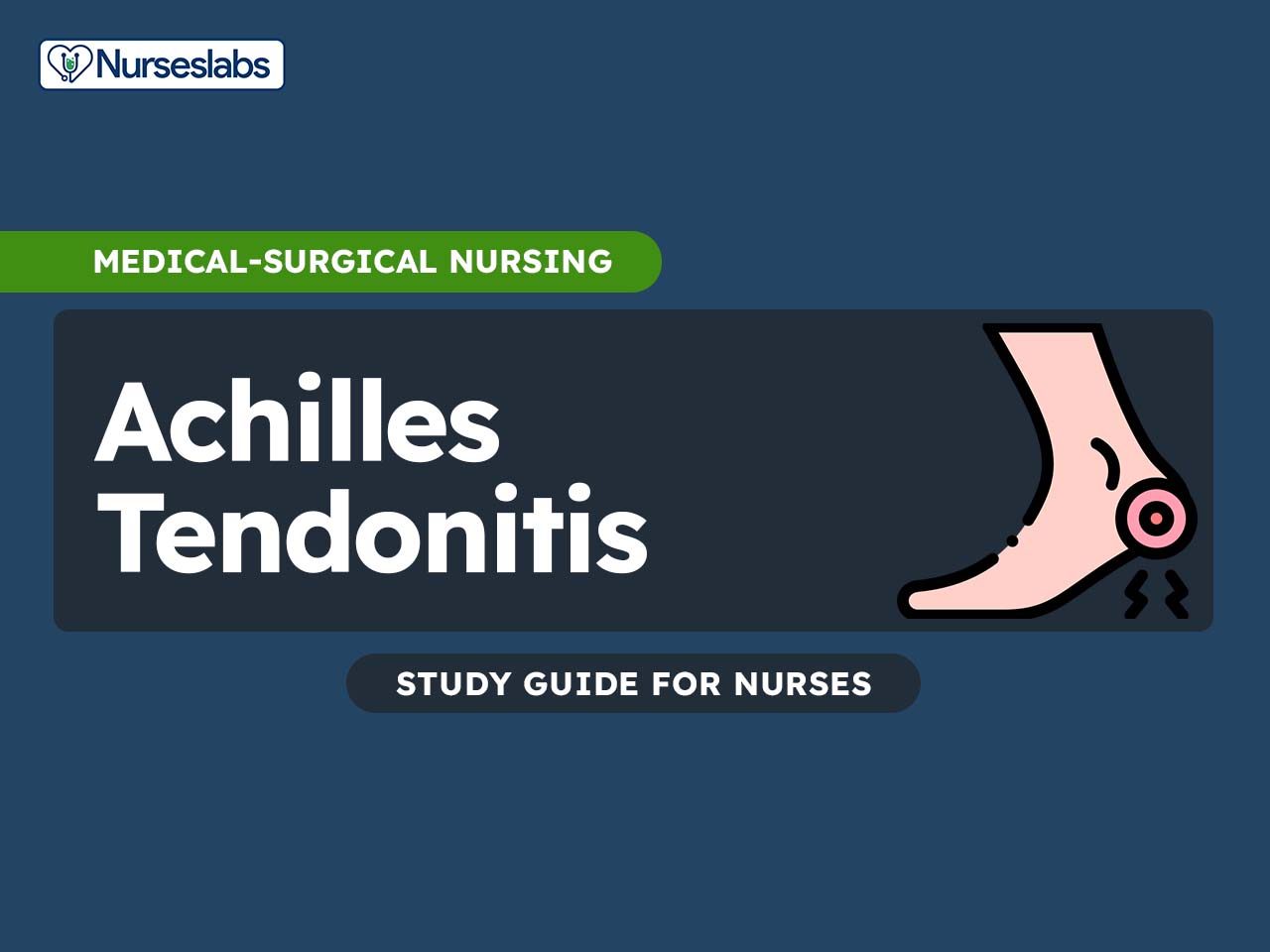






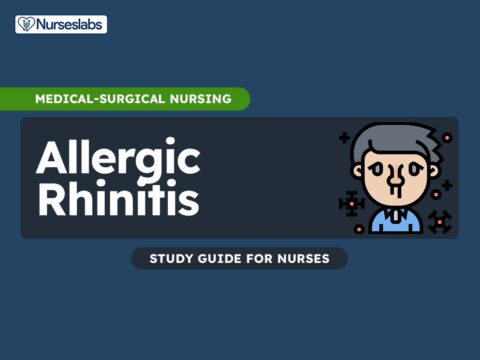
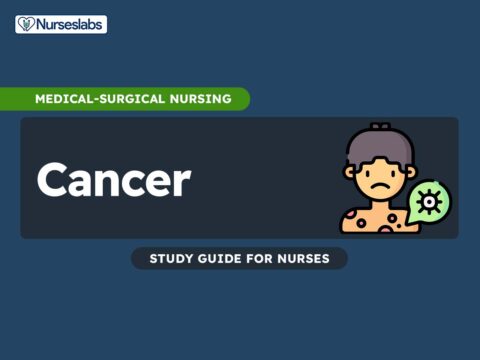




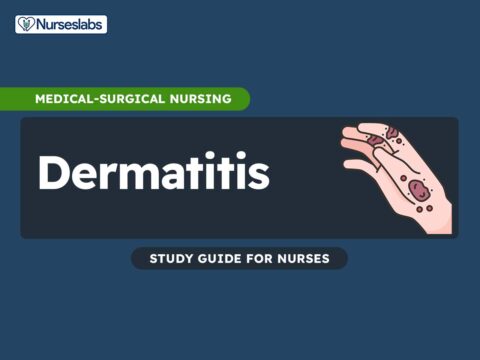
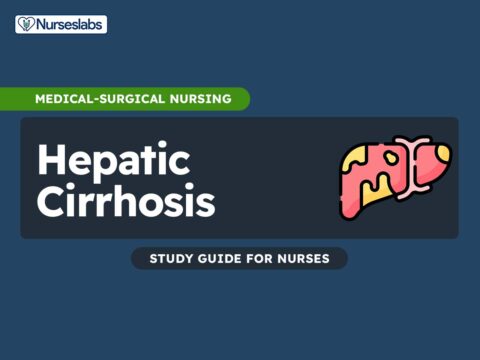
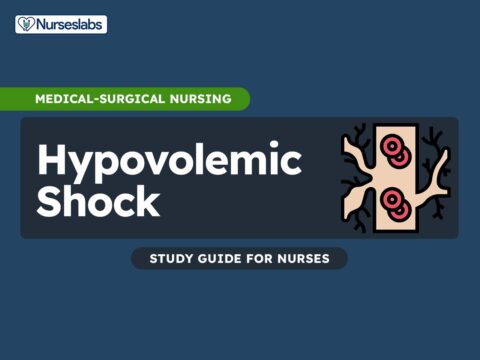

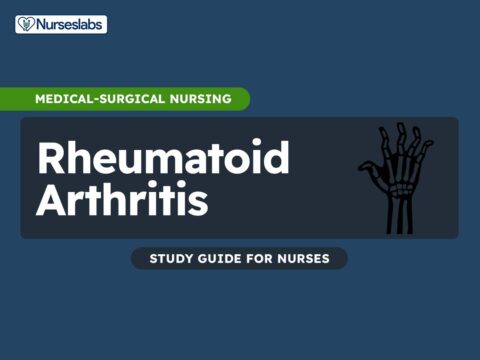

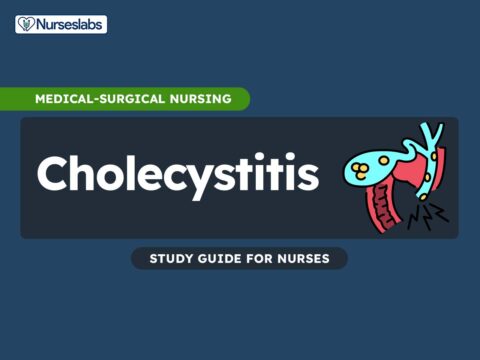

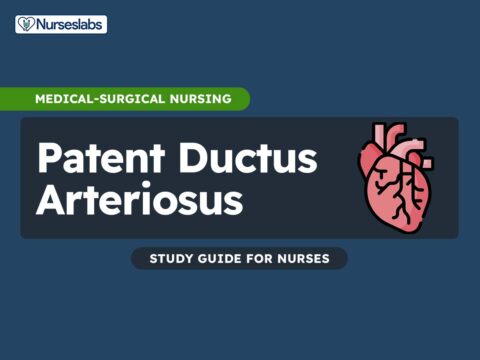


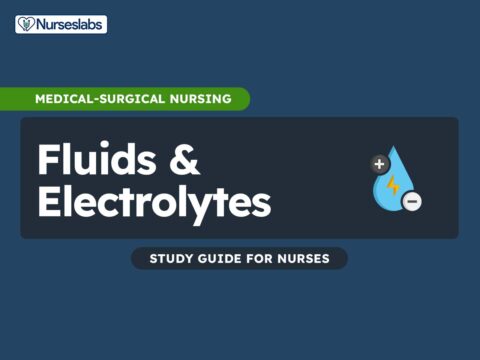
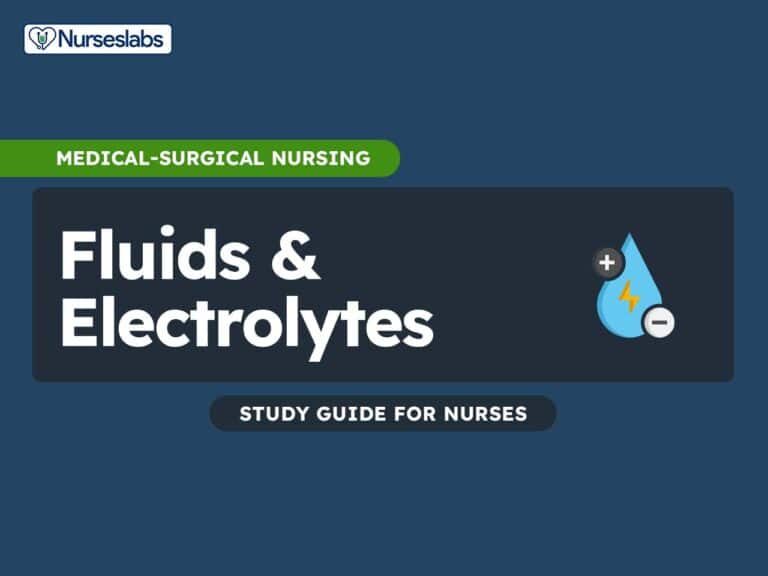


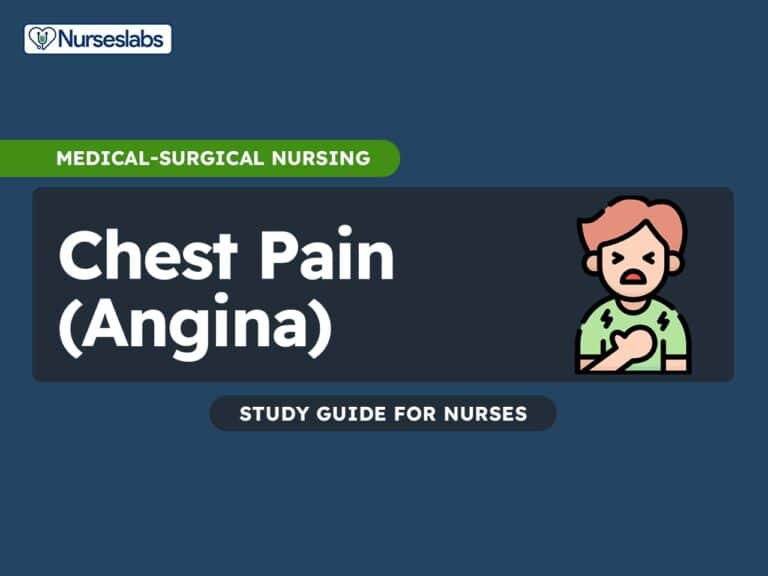


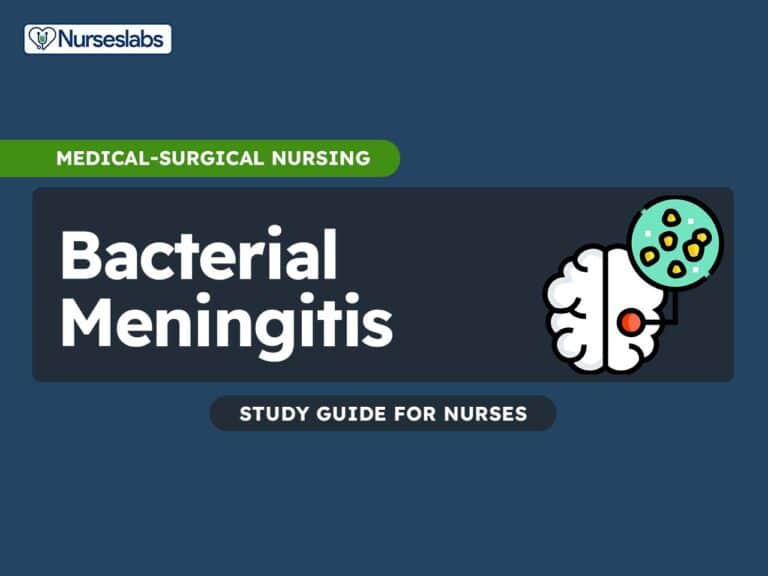

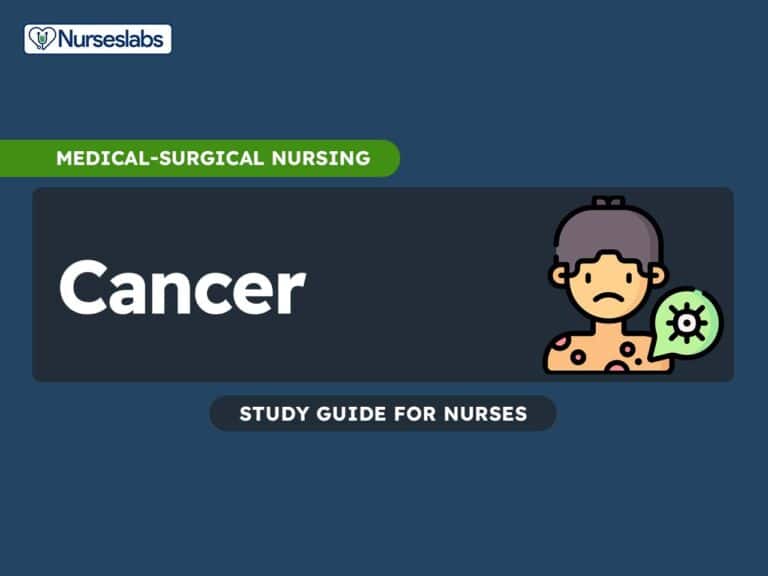
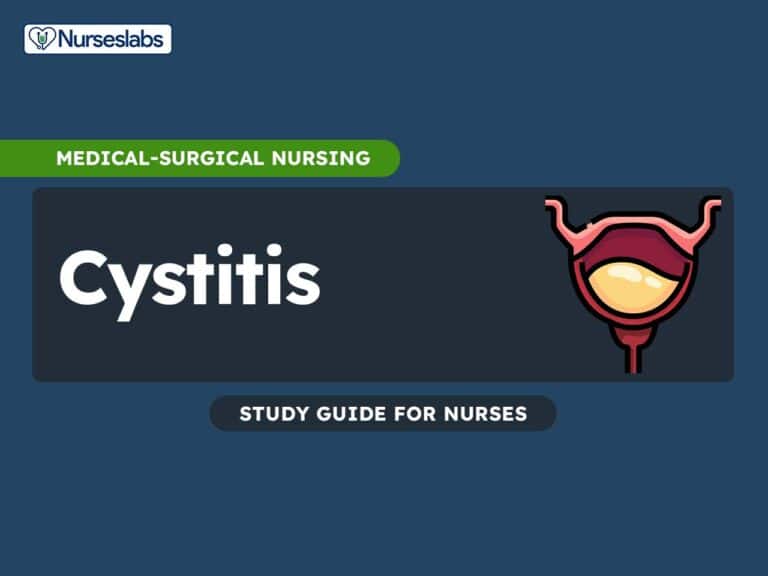


Leave a Comment